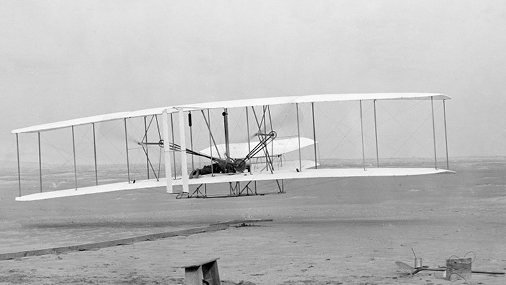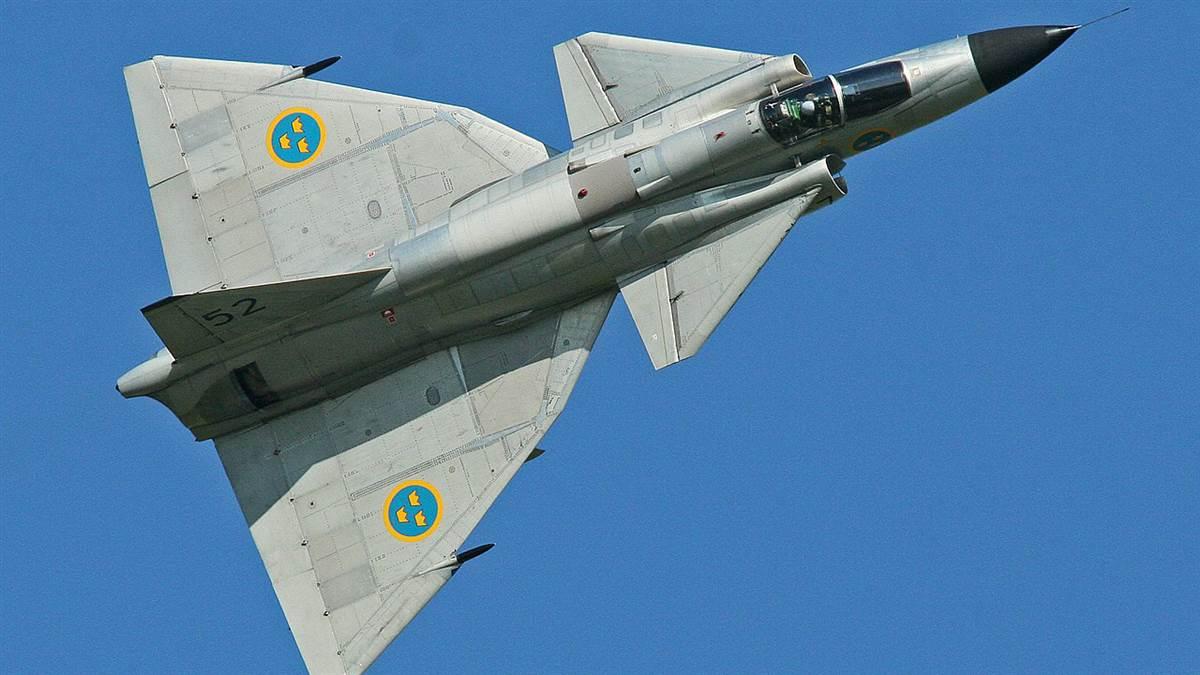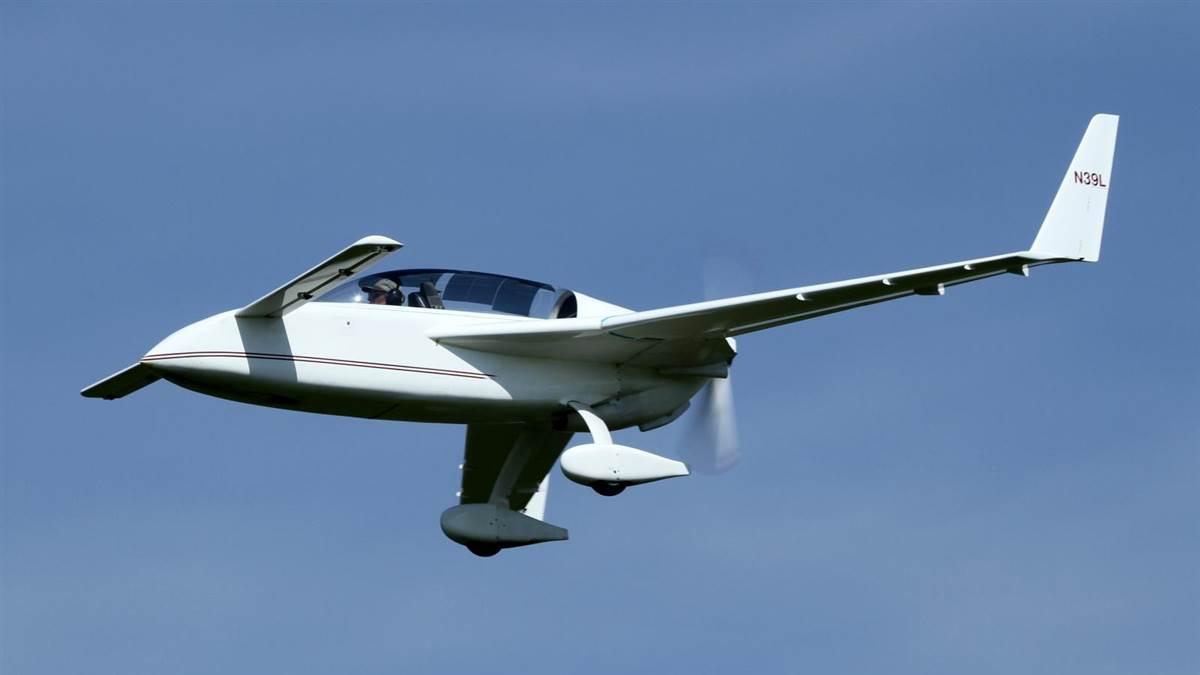
The world’s first airplane had one, and some of the most modern aircraft do as well. Canards (French for duck) are small wing sections mounted forward of the main wing, typically midway up the fuselage.
Often called foreplanes, canards can be useful for a number of purposes, including as an additional lifting surface, for better aircraft stability, or as a control surface. As an additional lifting surface, the canard can allow for a smaller main wing section. Some companies have designed modifications that bolt canards onto existing airframes. Here, the goal is even more lift than the airplane builder had in mind, primarily for better takeoff and climb performance.
Controllable canards generally eliminate the need for the horizontal stabilizer, and enable more aircraft control than a traditional setup. Many modern military fighter aircraft have a canard that pilots control as they would an elevator.
Some canards are there only for better stability. Either in the initial design phase or during flight testing, the engineers realized the airplane would be unstable in pitch and decided to add a foreplane in order to decrease workload on the pilot and make the airplane safer.
 The big daddy
The big daddy Saab Viggen
Saab Viggen Rutan VariEze
Rutan VariEze


